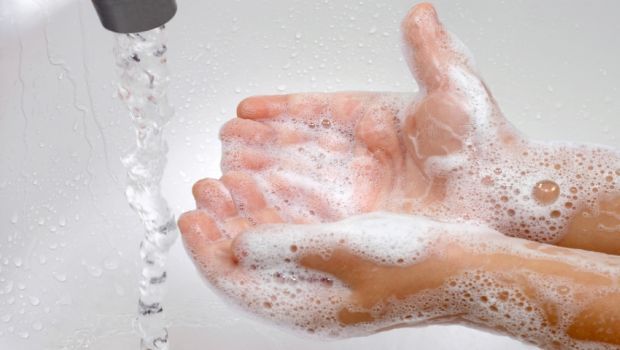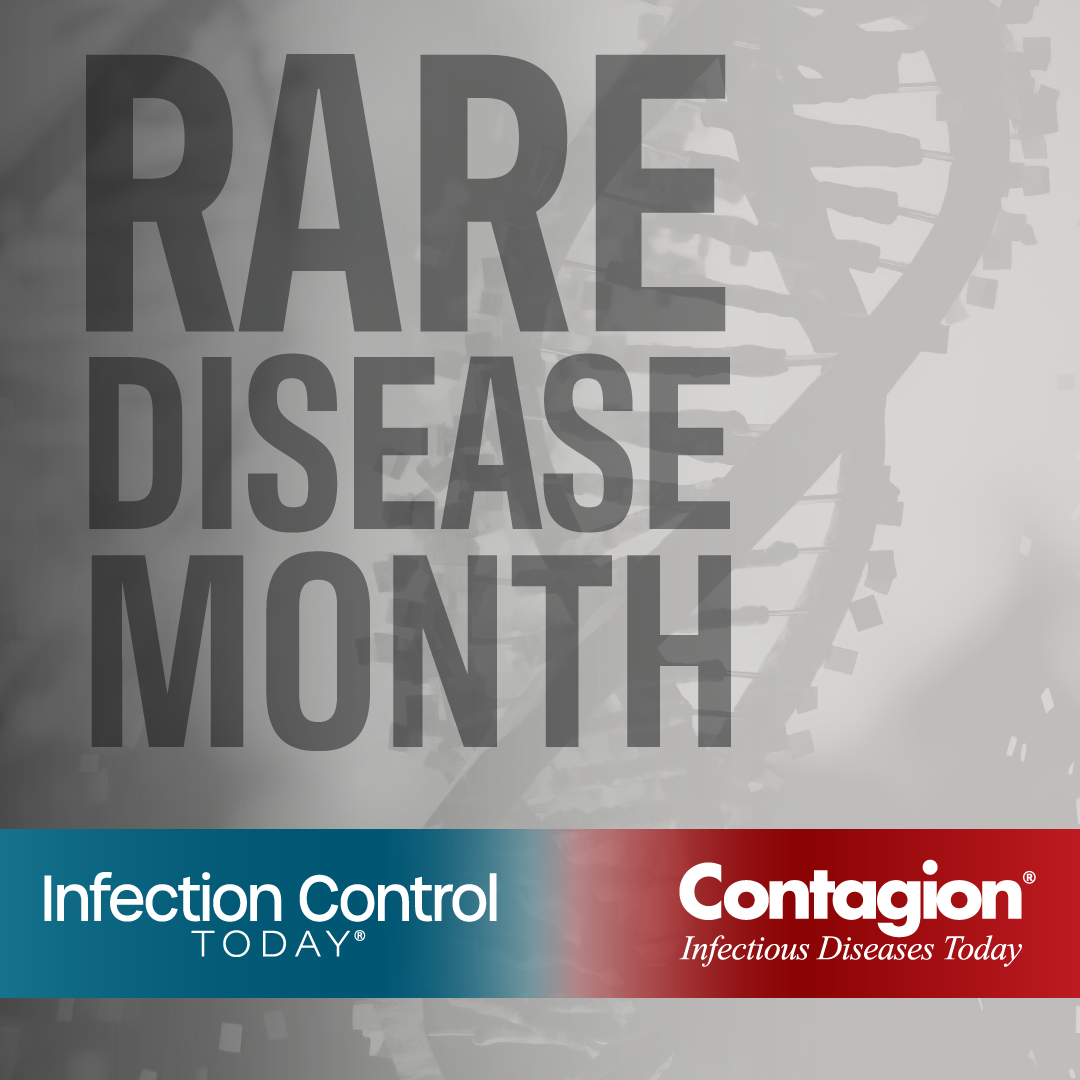Simplified Handwashing Steps Help Reduce Sickness-Related Absenteeism for Kids


A simplified handwashing routine, with five steps instead of seven, helps to reduce sickness-related absenteeism for students with mild intellectual disability, according to a study published in the September issue of the American Journal of Infection Control.
The study was conducted in two special education schools in Hong Kong. Researchers from The Hong Kong Polytechnic University developed a 12-week handwashing intervention which reduced the World Health Organization's seven-step handwashing technique to five steps by combining two of the steps (palm-to-palm and palm-to-palm with fingers interlaced) and omitting one (wrist-rubbing).
The researchers compared hand hygiene improvement measurements between the intervention (five-step method) and control (seven-step method) groups after the implementation of the simplified program using fluorescent stain test photos to analyze the results. The pre- to post-test difference in the intervention school (+1.03, P <.001) was 212 percent greater than the difference in the control school where the seven-step guideline was followed (+0.34, P = .001).
Sickness-related absenteeism was also reduced by 40 percent more in the intervention school (0.0167) compared with the control school (0.028).
"It is very important in the public health agenda to standardize a handwashing program for school teachers and school nurses to teach vulnerable high-risk groups about handwashing procedures and ultimately to prevent the spread of germs in the school community," the researchers concluded.
The intervention consisted of the following: (1) the simplified five-step handwashing technique, including demonstrations and return demonstrations; (2) a handwashing song; (3) a video for behavior modeling; (4) a poster giving visual cues for the five steps of the handwashing procedure; (5) a reward card system for behavioral reinforcement; and (6) a validated handwashing checklist for concordance observation.
Source: Elsevier Health Sciences










The Guardians of Animal Health: Who Are Veterinary Infection Preventionists?
March 21st 2025Veterinary infection control experts Leslie Kollmann, BS, AAS, CVT, CIC, Denise Waiting, LVT, and Leslie Landis, LVT, BS, discuss challenges, zoonotic disease risks, and the importance of education, collaboration, and resource development in animal care facilities.
The Latest on CLABSIs and CAUTIs: Evidence-Based Approaches for Infection Prevention
February 27th 2025Health care–associated infections like CLABSIs and CAUTIs threaten patient safety. Learn evidence-based strategies, new technologies, and prevention protocols to reduce these infections and improve outcomes.
Resilience and Innovation: The Pivotal Contributions of Black Americans to Health Care and Medicine
February 24th 2025During Black History Month, we honor the resilience and contributions of Black medical professionals in health care. Despite barriers, they have led transformative changes, advocating for equitable access and medical excellence. Recognizing their impact ensures a more inclusive health care future for all.
Glove Usage Guideline: From The Joint Commission, CDC, and World Health Organization
February 17th 2025Proper glove use is crucial in health care settings to prevent infections. Guidelines from TJC, CDC, and WHO stress correct selection, usage, and disposal to minimize health care–associated infections (HAIs) and cross-contamination risks. Infection preventionists (IPs) play a key role in educating staff, enforcing compliance, and improving patient safety through standardized glove practices.
The Guardians of Animal Health: Who Are Veterinary Infection Preventionists?
March 21st 2025Veterinary infection control experts Leslie Kollmann, BS, AAS, CVT, CIC, Denise Waiting, LVT, and Leslie Landis, LVT, BS, discuss challenges, zoonotic disease risks, and the importance of education, collaboration, and resource development in animal care facilities.
The Latest on CLABSIs and CAUTIs: Evidence-Based Approaches for Infection Prevention
February 27th 2025Health care–associated infections like CLABSIs and CAUTIs threaten patient safety. Learn evidence-based strategies, new technologies, and prevention protocols to reduce these infections and improve outcomes.
Resilience and Innovation: The Pivotal Contributions of Black Americans to Health Care and Medicine
February 24th 2025During Black History Month, we honor the resilience and contributions of Black medical professionals in health care. Despite barriers, they have led transformative changes, advocating for equitable access and medical excellence. Recognizing their impact ensures a more inclusive health care future for all.
Glove Usage Guideline: From The Joint Commission, CDC, and World Health Organization
February 17th 2025Proper glove use is crucial in health care settings to prevent infections. Guidelines from TJC, CDC, and WHO stress correct selection, usage, and disposal to minimize health care–associated infections (HAIs) and cross-contamination risks. Infection preventionists (IPs) play a key role in educating staff, enforcing compliance, and improving patient safety through standardized glove practices.
2 Commerce Drive
Cranbury, NJ 08512
